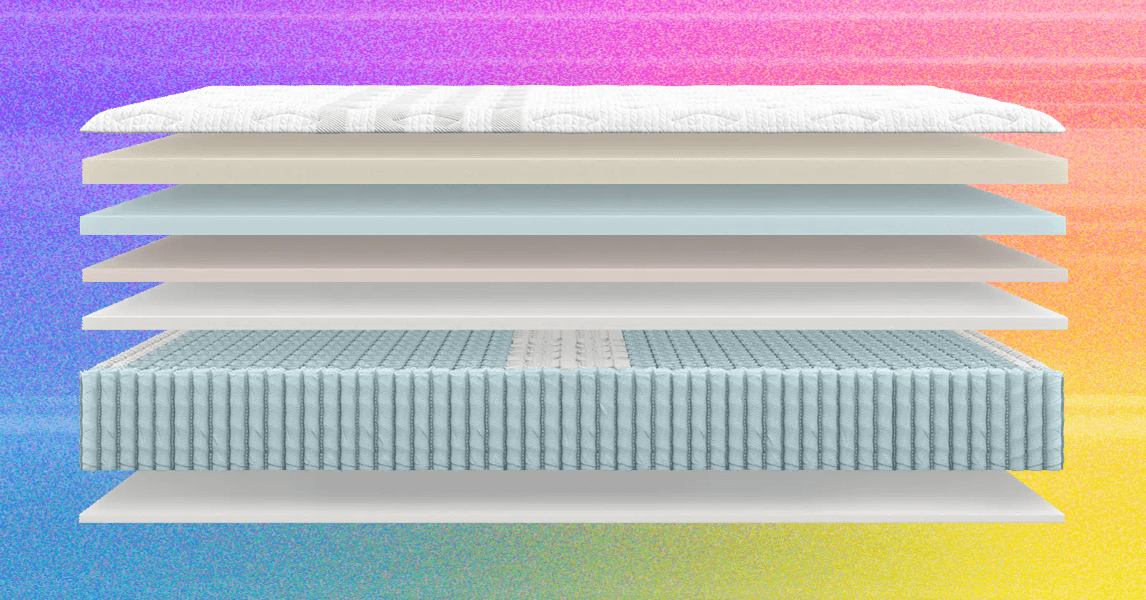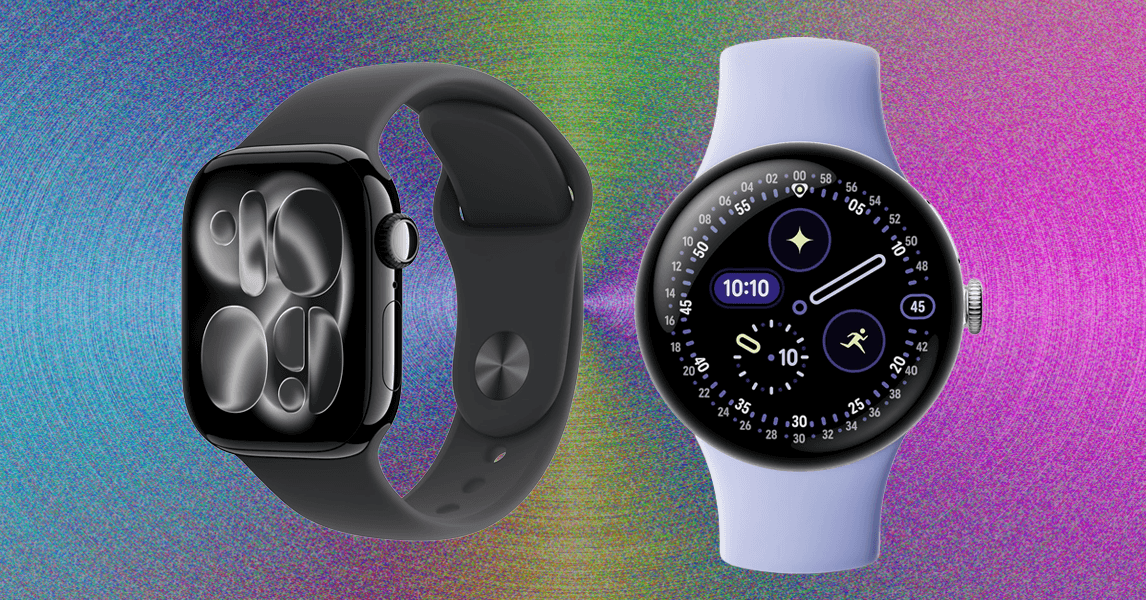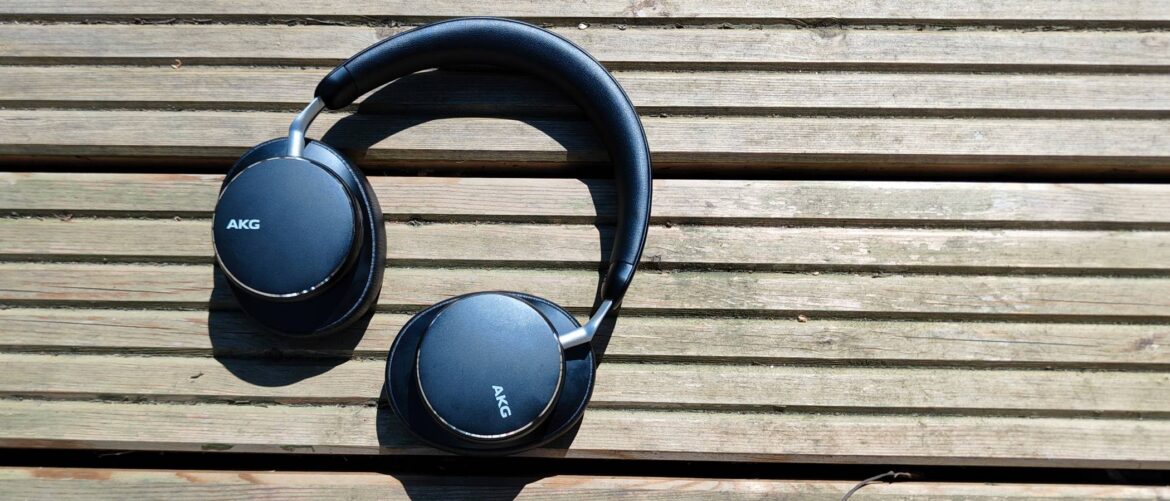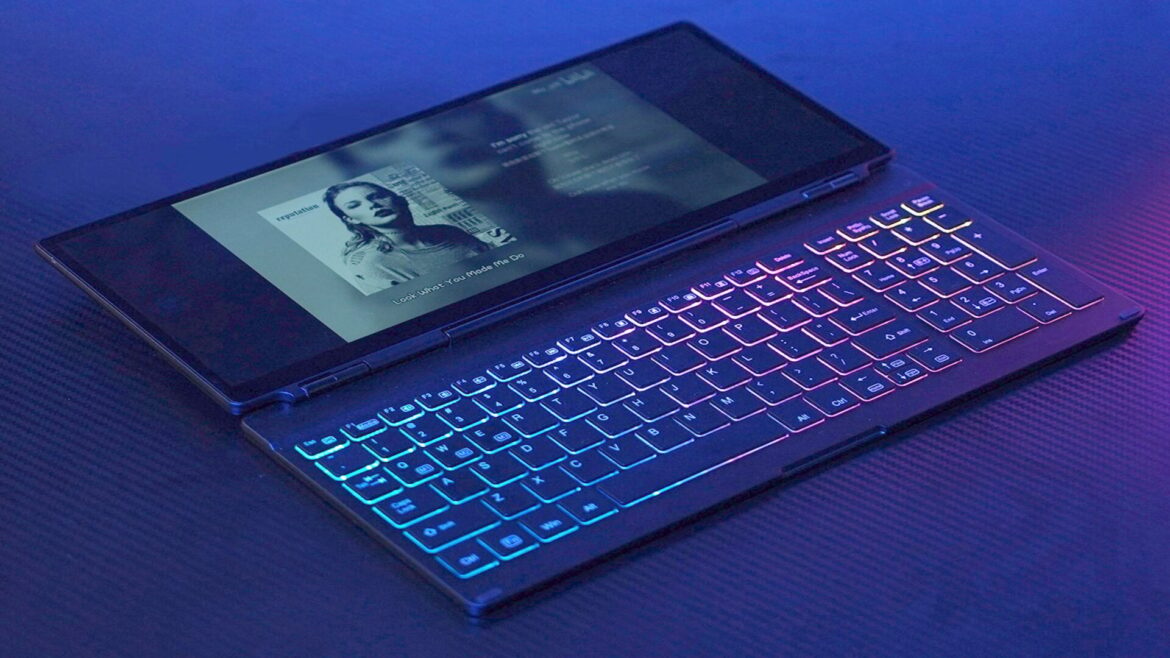As a side sleeper who struggles with chronic illness, I require support and pressure relief in a mattress. This is where I like the Saatva Rx as a specialty option for those dealing with literal pain points. The Rx, if you couldn’t already infer from the name, was designed for more medically inclined situations where you need to treat joints with care.
By following a hybrid design of therapeutic foams and pocketed coils, the Rx manages to pull this off. While this may not be the firmest option to support sleepers with back pain, WIRED reviewer Nena Farrell found that the softer appeal speaks to side sleepers. She reports that her joints felt weightless with no pressure buildup. The Rx features an organic cotton cover, support quilting, and a focused layer in the middle of the bed for lumbar support, incorporating microcoils, phase change material, and graphite-infused memory foams. Additionally, it includes pocketed coils, with extra reinforcement on the edges for enhanced edge support. Another perk for pain purposes? This mattress also comes with included white glove delivery, so you won’t have to handle the setup and removal of your old mattress.
MaterialsOrganic cotton cover, lumbar support foam, gel infused foam, graphite- and phase change material-infused foam, micro coils, pocketed coilsCertificationsCertiPur-US certified foams, GreenGuard GoldFirmnessSupportive plushHeight12 inchesTrial period365 nightsWarrantyLimited lifetime
Source link






